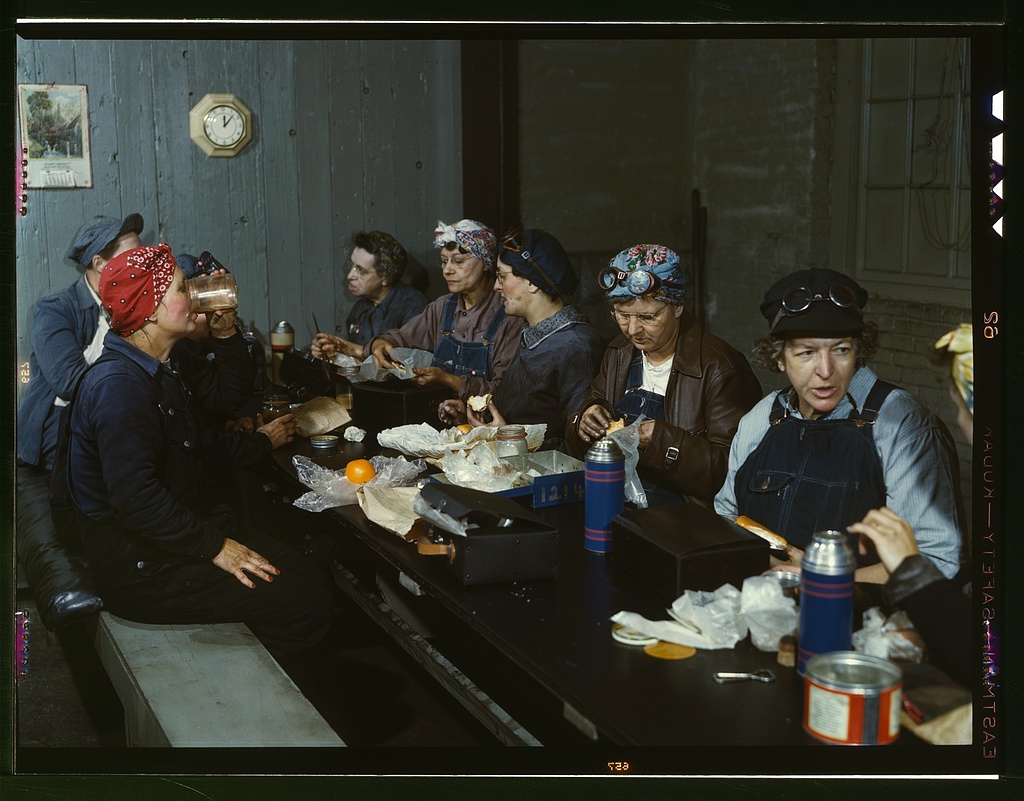
Figure 1 – Jack Delano women workers employed as wipers in the roundhouse having lunch in their rest room at C. & N.W. Rail Road in Clinton, Iowa. From the US LOC and in the public domain because it was taken by a government employee.
Many of you, I suspect, have seen Peter Jackson’s triumph “They Shall not Grow Old.” And if you haven’t, you definitely should. It demonstrates the power of color in our visual comprehension. It colorizes the First World War, The War to End All War. And since we know full well from antique and glorious autochromes what the war looked like in color, we are amazed and, quite frankly, mesmerized indifferent to all the gore..
Quite randomly, I stumbled today upon Figure 1 from the collection of the Library of Congress and featured as part of its “Women’s History Month Series.” The image was a standard United States Office of War Information image by the great Jack Delano. People of my generation do not need to be told that it is a digital scan of a Kodachrome transparency. It screams of Kodachrome, with its vivid colors ever leaning towards a pastel palette.
The image shows women workers employed as wipers in the roundhouse having lunch in their rest room at C. & N.W. Rail Road in Clinton, Iowa. More specifically it shows Marcella Hart at left, Mrs. Elibia Siematter at right. We have the definite feeling that the image should be in black and white, as were so many images of the day and genre. Two elements thrust us into the moment. The first is the color, the Kodachrome color. The second is the everyday quality the emphasizes our commonality with these women. There is the orange wrapped in cellophane. There is the thermos bottle. But most noticeable of all is the simple fact that none of the ladies in the image look back at us. The photograph is a perfect candid, it captures, purely and simply, a moment of intimacy between the women, as if the camera wasn’t there at all.

Terrific post, David.